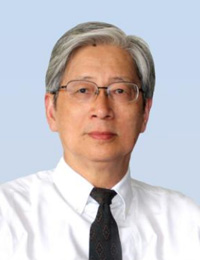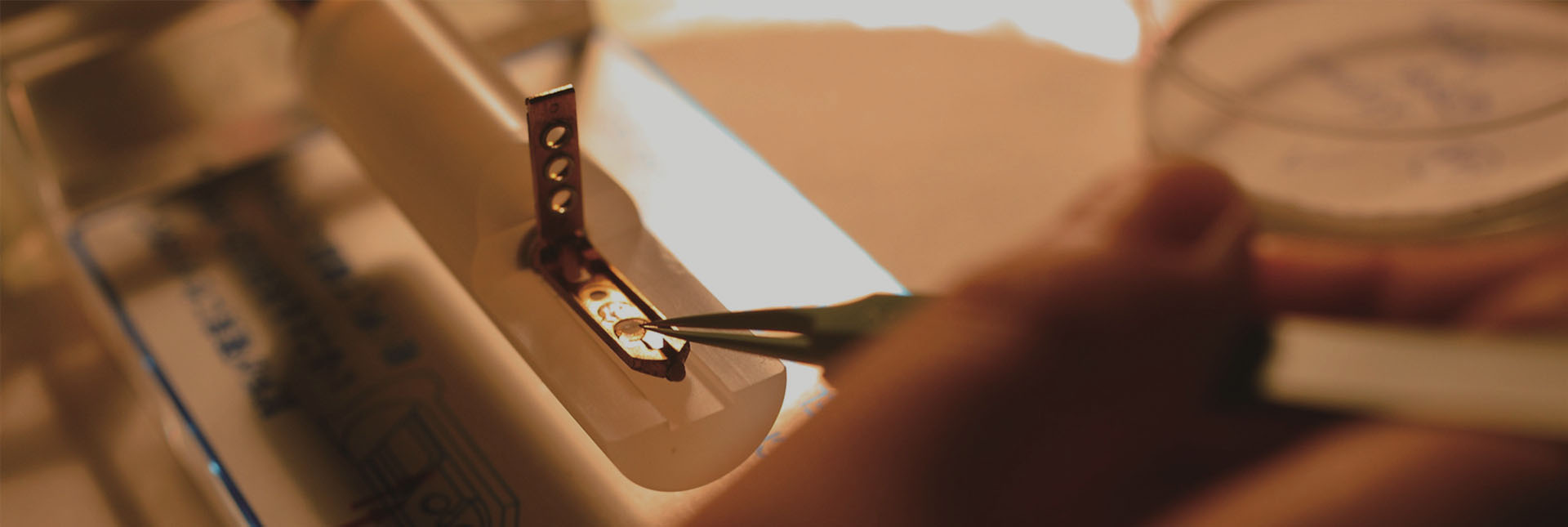TANG Xueming

TANG Xueming
Professor
Positions and Employment
1962-1979 Instructor, Department of Biophysics, Shanghai Second Medical University
1980-1982 Associated Professor, Department of Biophysics, Shanghai Second Medical University
1980-1982 Visiting Scholar, McGill University,Canada
1983-1985 Associated Professor, Chairman, Department of Cell Biology, Shanghai Second Medical University
1986-1999 Professor, Chairman, Department of of Cell Biology, Shanghai Second Medical University
1987-1988 Visiting Professor, McGill University,Canada
1999-2009 Professor, Department of of Cell Biology, Shanghai Second Medical University
Biography
TANG Xueming, professor of Shanghai Second Medical University, doctoral Supervisor. He has long been engaged in teaching and research in basic medicine, and was the director of cell biology laboratory (1982-1999). He has been the leader of key disciplines of cell biology (1986-2005). His research had been supported by NSFC more than ten times and the results had been published in more than 100 papers. He has received 12 national and ministerial awards for scientific and technological progress in Shanghai. In 1985, he was awarded the certificate of "Young and Middle-aged Experts with Outstanding Contribution" by the Ministry of Personnel. He has trained many postgraduates in teaching, and has finished the books ‘Medical Cell Biology’ and ‘Medical Cell and Molecular Biology’ as editor-in-chief. In 2001, he was awarded the "National Outstanding Teacher" by the Ministry of Education.
Publications
Tang XM,Lalli MF,and Clermont Y (1982 )A Cytochemical Study of the Golgi Apparatus of the Spermatid During Spermiogenesis in the Rat. The American Journal of Anatomy,163:283-294
Lalli MF,Tang XM,and Clermont Y (1984 ).Glycoprotein Synthesis in Sertolli Cells During the Cycle of the Seminiferous Epithelium of Adult Rats:A Radioautographic Study. Biology of Reproduction, 30:493-505
Clermont Y and Tang XM(1985). Glycoprotein Synthesis in the Golgi Apparatus of Spermatids During Spermiogenesis of the Rat. The Anatomical Record, 213:33-43
Tang XM,Clermont Y,and Hermo L (1988). Origin and Fate of Autophagosomes in Leydig Cells of Normal Adult Rats. Journal of Andrology, 9:284-293
Tang XM and Clermont Y (1989). Granule Formation and Polarity of the Golgi Apparatus in Neutrophil Granulocytes of the Rat. The Anatomical Record, 223:128-138
Tang XM and Chai BF (1989). Effect of Intra-articular Fracture on Articular Chondrocytes:A Transmission Electron Microscopic Study. Chinese Medical Journal, 102:207-213
Throne-Tjomsland G,Clermont Y,and Tang XM (1991). Glucose-6-phosphatase Activity of Endoplasmic Reticulum and Golgi Apparatus in Spermatocytes and Spermatids of the Rat: An Electron Microscopic Cytochemical Study. Biol Cell, 71:33-41
Yi J and Tang XM (1995). Functional Implication of Autophagy in Steroid-Secreting Cells of the Rat. The Anatomical Record, 242:137-146
Chevalier J,Yi J,and Tang XM (1997). Biotin and Digoxigenin as Labels for Light and Electron Microscopy in Situ Hybridization Probes:Where Do We Stand? The Journal of Histochemistry and Cytochemistry,45:481-491
Yi J and Tang XM (1999). The Convergent Point of the Endocytic and Autophagic Pathways in Leydig Cells. Cell Research, 9:243-253
Yi J,Gao F,Shi G,Li H,Wang Z Shi X and Tang XM (2002 ). The Inherent Cellular Level of Reactive Oxygen Species:One of the Mechanisms Determining Apoptotic Susceptibility of Leukemic Cells to Arsenic Trioxide. Apoptosis,7:209-215
Gao F,Yi J,Shi GY,Li H,Shi XG and Tang XM (2002). The Sensitivity of tract tumor Cells to As2O3 is associated with the inherent Cellular Level of ROS. World Journal of Gastroenterology,8:36-39
Huang HX and Tang XM (2003). Phenotypic Determination and Characterization of Nestin-Positive Precursors Derived from Human Fetal Pancreas. Laboratory Investigation,83:539-547
Fei Gao,Jing Yi,Jing Qi Yuan,Gui Ying Shi,Xue Ming Tang (2004). The cell cycle related apoptotic susceptibility to arsenic trioxide is associated with the level of ROS. Cell Research, 14:81-85
Ya-Wu Jing, Jing Yi, Yu-Ying Chen,Qing-Shen Hu,Gui-Ying Shi,Hue Li,and Xue-Ming Tang (2004). Dicoumarol Alters Cellular Redox State and Inhibits Nuclear Factor Kappa B to Enhance Arsenic Trioxide-Induced Apoptosis. Acta Biochimica et Biophysica Sinica, 36:235-242



